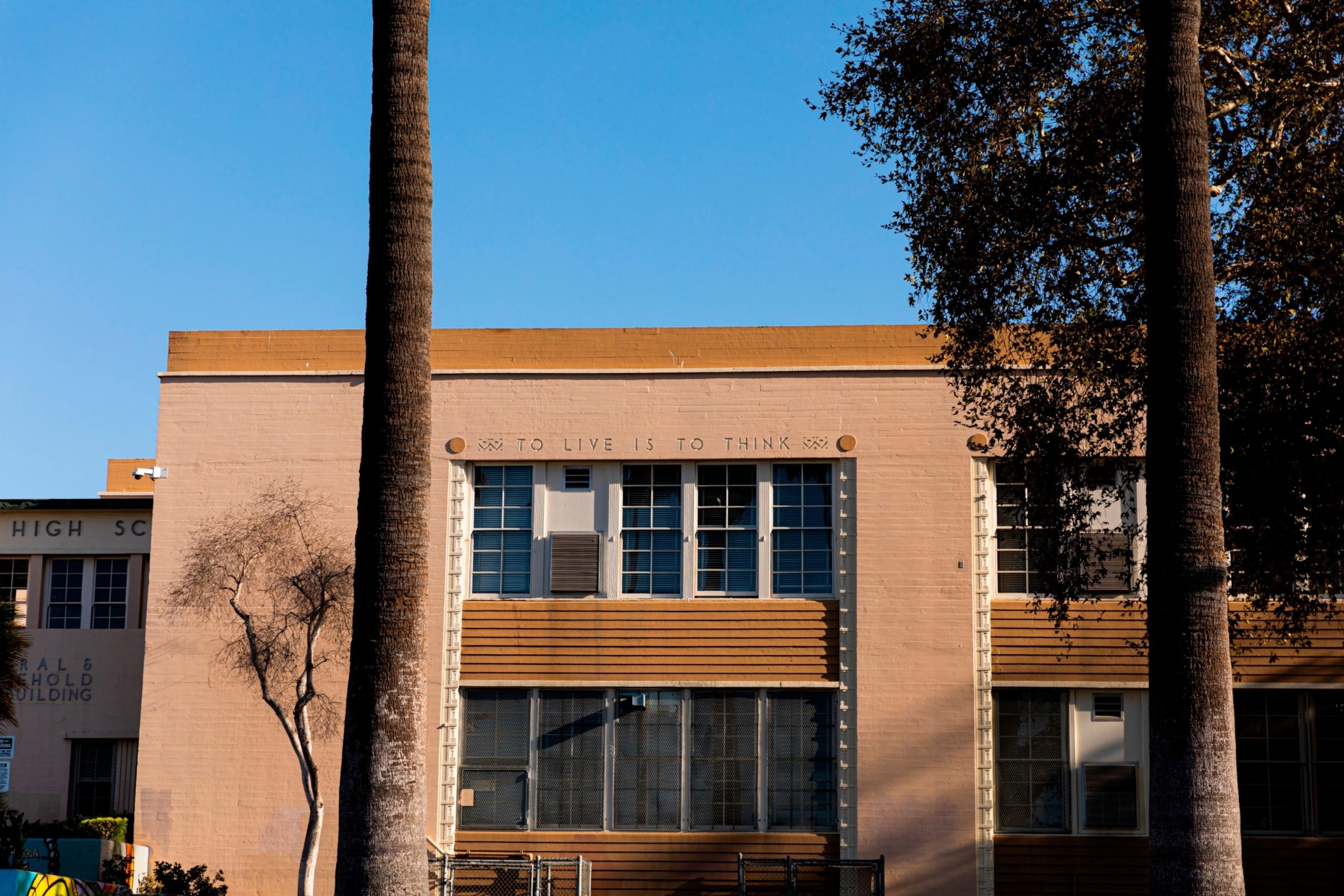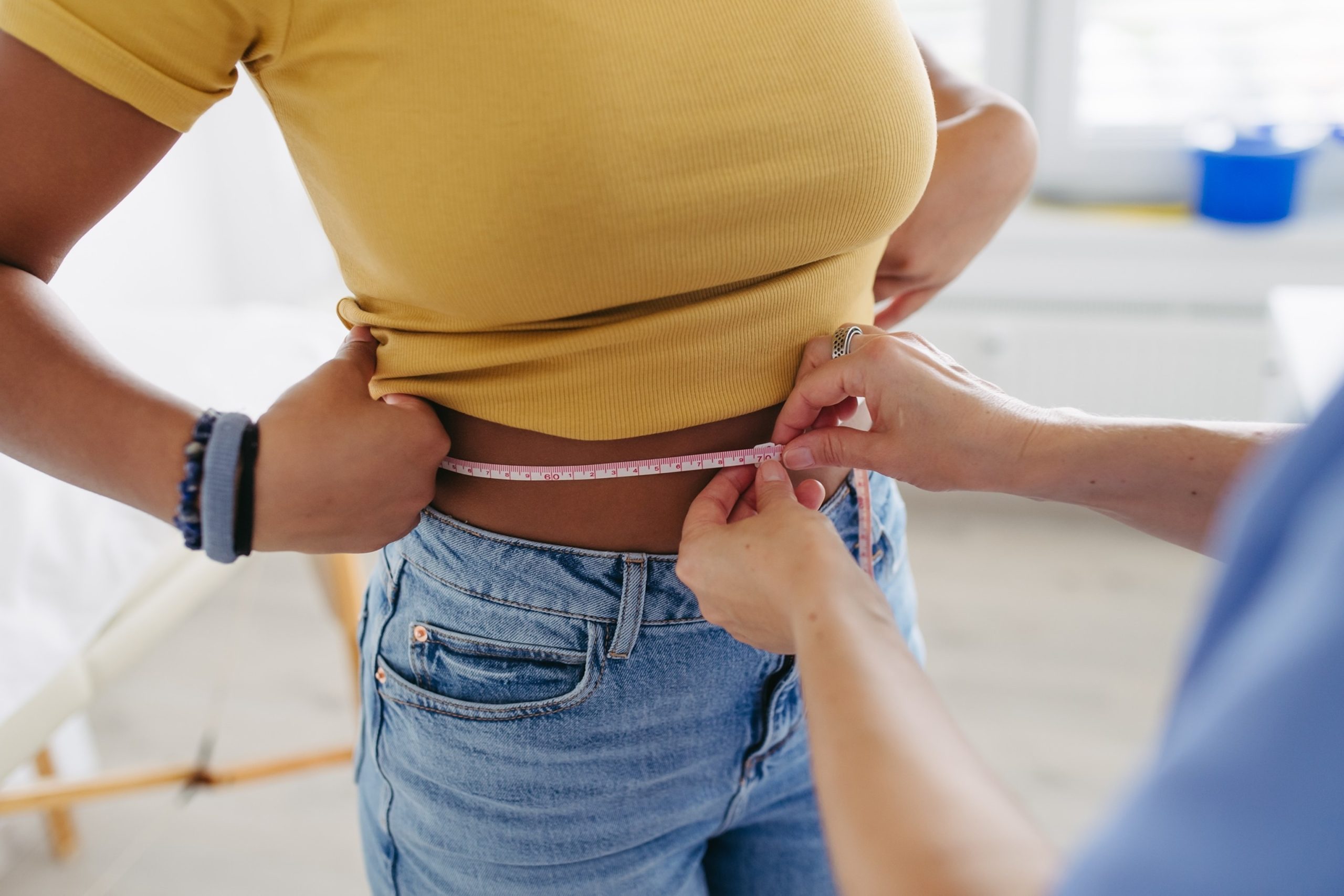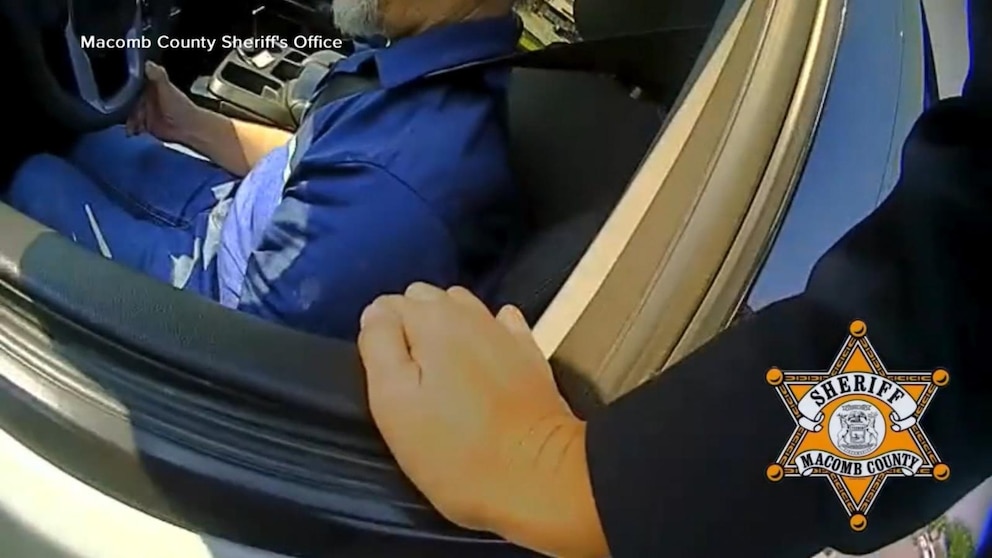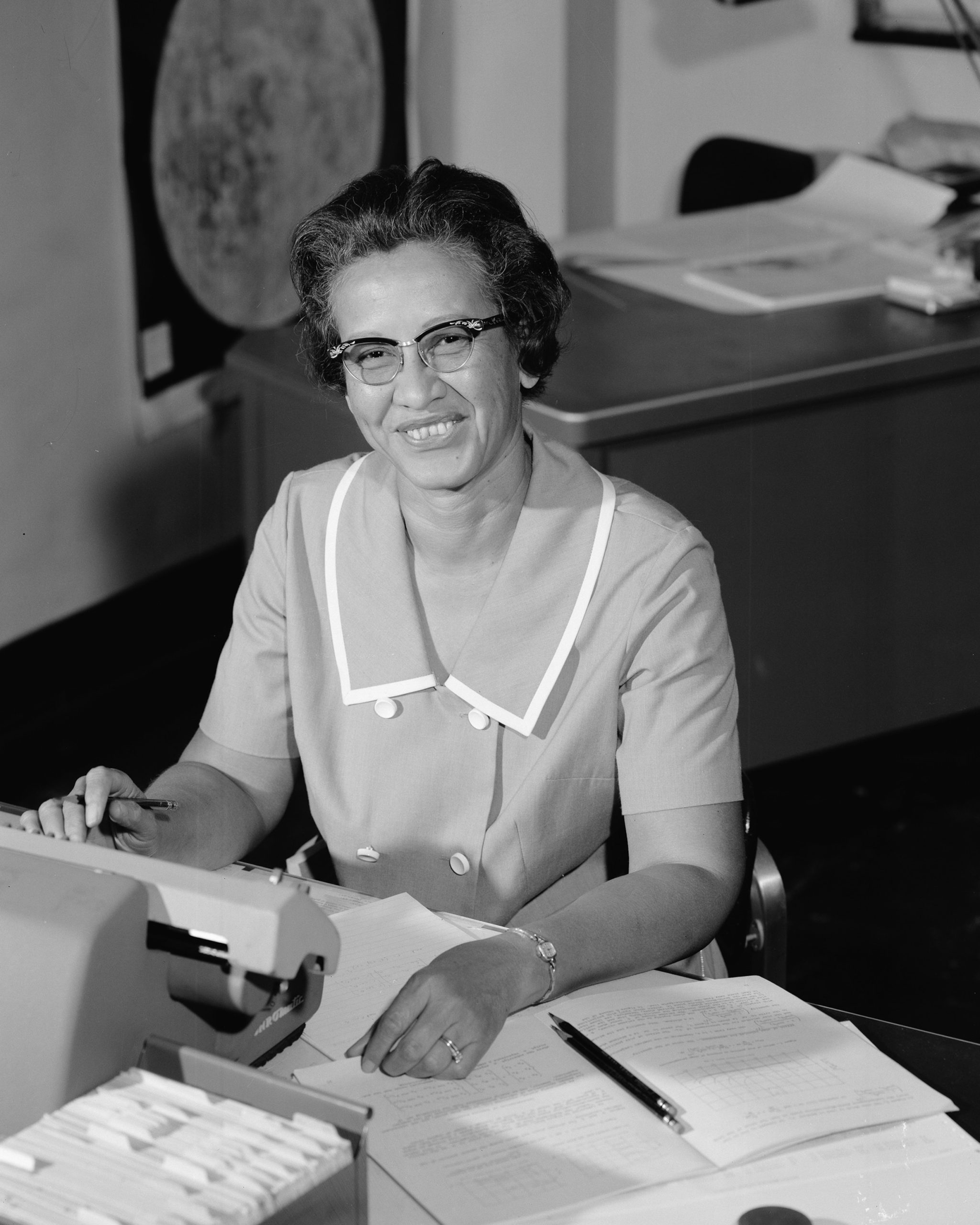The nation’s second-largest school district has voted to ban cellphone and social media use for over 429,000 K-12 students during school days.
The Los Angeles Unified School District board passed the ban by a vote of 5 to 2 on Tuesday morning, one day after U.S. Surgeon General Dr. Vivek H. Murthy called for an immediate warning label on social media platforms in a New York Times op-ed, similar to warnings on cigarette packs mandated by Congress in the 1960s.
Jessica Quindel, a math teacher at Venice High School in the district, spoke prior to the vote and called for the proposal to pass. Quindel described the daily management of students’ use of smart cellphones as an “uphill battle” and said teachers struggled to keep the “culture” of student cellphone use under control.
“Managing student use of smartphones as a classroom teacher is now more like running a nonstop marathon. It takes a lot of energy and it’s really hard to keep up,” Quindel said.
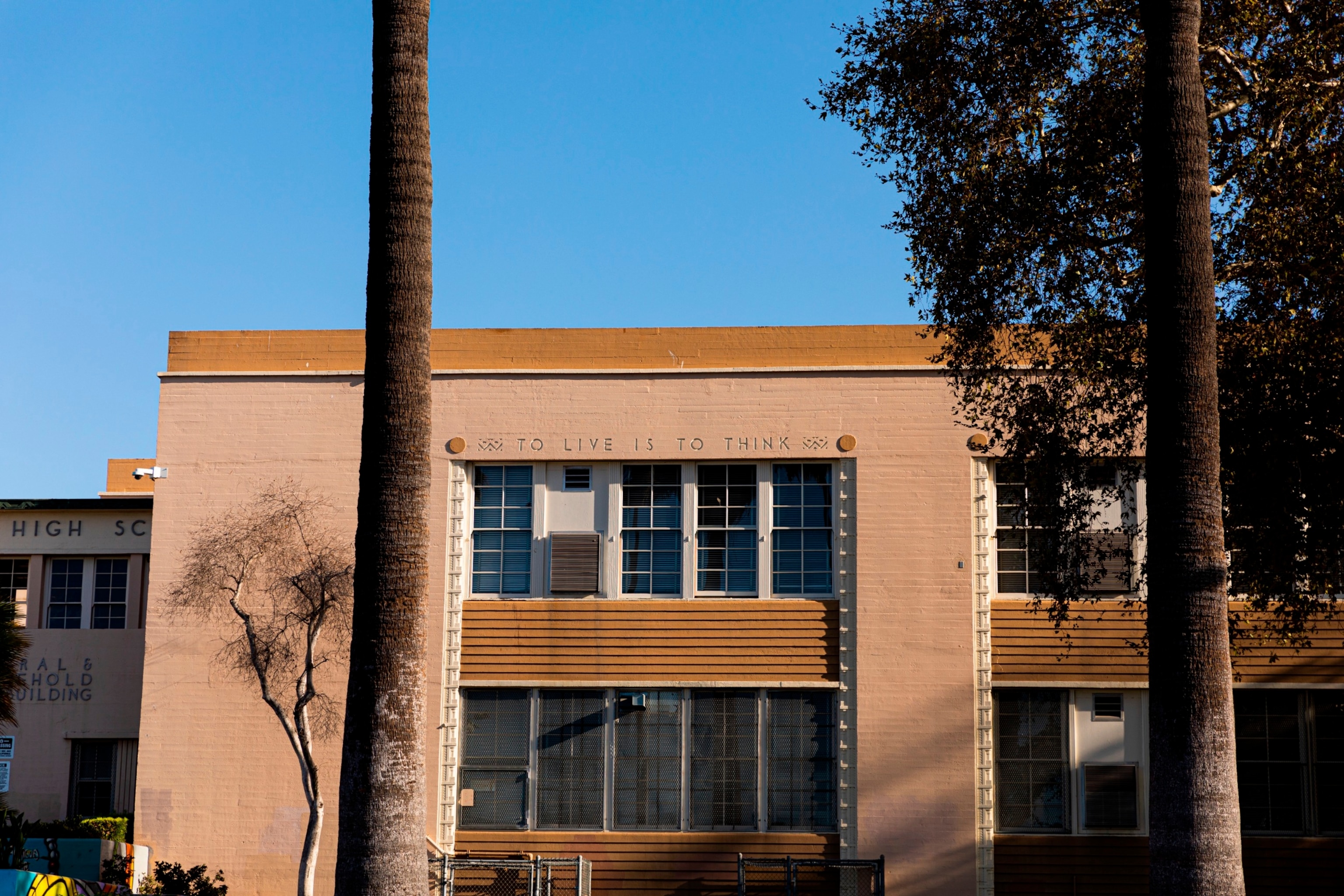
A school in Hollywood, Calif., is seen in an undated stock photo.
STOCK PHOTO/Getty Images
The school district will now have to develop and present updated cellphone and social media policies within 120 days, or by the fall semester, that would forbid students by the spring semester of the 2024-2025 school year from using cellphones and social media platforms during the school day. LAUSD cited possible tactics like locked pouches, cellphone lockers or technological means and promised the policies would be “informed by best practices and by input from experts in the field, labor partners, staff, students, and parents.”
The updated policy change would also take into consideration students who use cellphones for translation and evaluate social media use for youth.
Medical experts have joined the chorus of parents, teachers and administrators raising alarm bells in recent years about social media’s negative effects on children and adolescents.
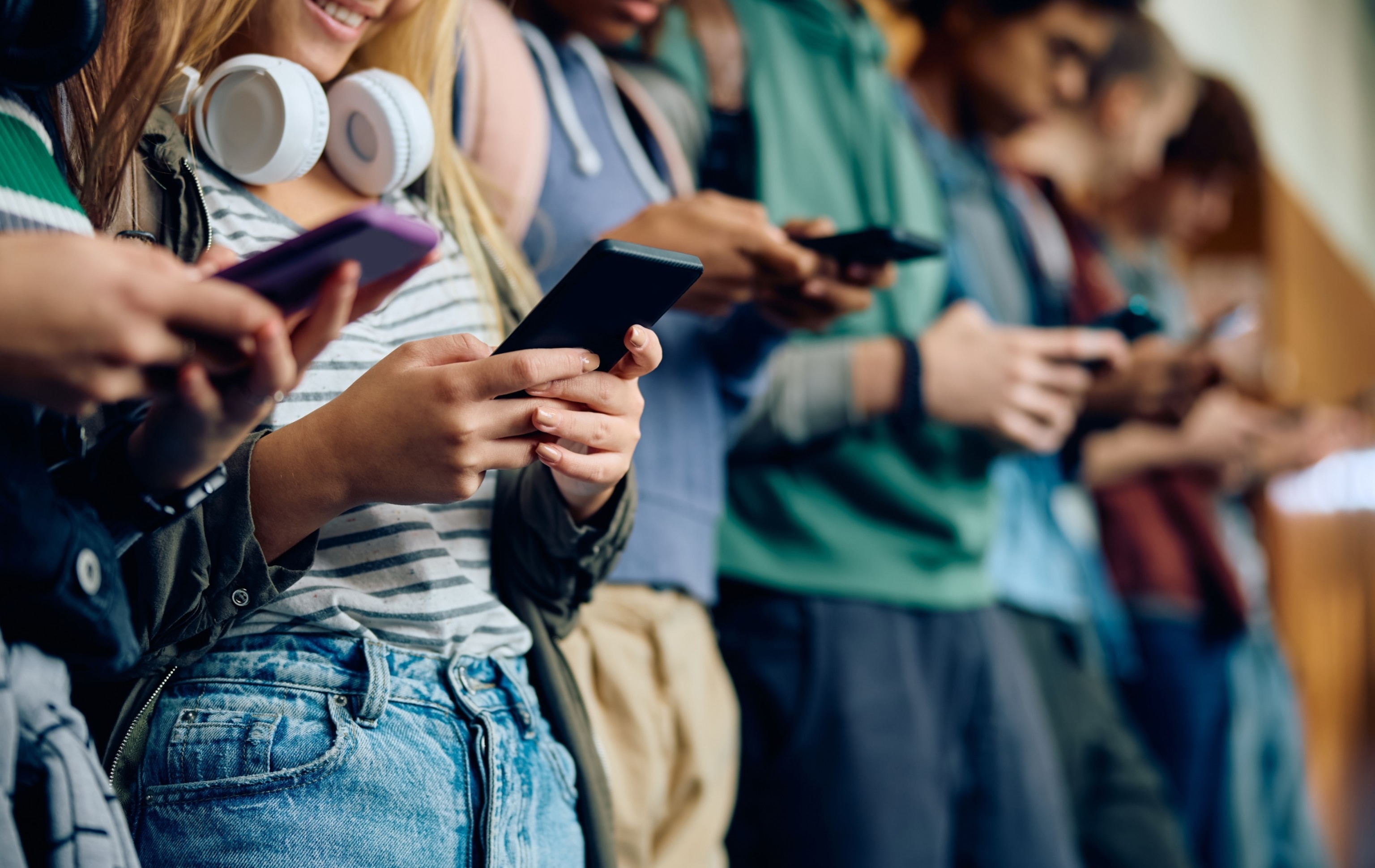
Teenage girl and her friends using mobile phones at high school hallway in this undated stock photo.
STOCK PHOTO/Getty Images
“The mental health crisis among young people is an emergency — and social media has emerged as an important contributor,” Murthy wrote in his op-ed Monday, adding that teens face higher risks of anxiety and depression and had reported spending an average of nearly five hours a day on social media last summer.
Speaking with “GMA3” on Tuesday, Murthy said the proposed warning label cited in his op-ed, which would need to be approved by Congress, would be a digital label that would appear regularly when using social media.
“The exact design of it, the frequency with which it appears — that would all be determined in a scientific testing process that we would undergo after Congress authorized the label,” Murthy said. “That’s what we do with tobacco and alcohol labels, and the good news about labels is that we thankfully know from experience that these labels actually do work. In the case of tobacco labels, they are effective in increasing awareness and in changing behavior.”
LAUSD is not the first district to pass a cellphone ban for students. Others like the Manchester Public School District in Connecticut already require students to lock cellphones in secure pouches before they are allowed to get them back at the end of the school day.
Editor’s Picks
In addition to school districts, lawmakers across the country have been considering how to address the mental health of youth. Legislators in New York, for instance, passed a bill earlier this month that would halt social media platforms from showing suggested posts to users under 18.
This article was updated to note the Los Angeles Unified School District voted to pass the cellphone and social media ban.
In a bold move to combat distractions and improve student focus, the 2nd-largest school district in the country has implemented a ban on cellphones and social media for students during school hours. The decision, which has sparked both praise and criticism from parents and educators alike, aims to create a more conducive learning environment and reduce the negative impact of technology on academic performance.
The ban, which applies to all students from kindergarten through 12th grade, prohibits the use of cellphones and access to social media platforms such as Instagram, Snapchat, and Facebook while on school grounds. Students are required to keep their phones turned off and out of sight during class time, lunch breaks, and other school-related activities.
Proponents of the ban argue that excessive cellphone use and social media consumption have been linked to a host of issues, including decreased attention spans, poor academic performance, cyberbullying, and mental health problems. By limiting students’ access to these distractions, educators hope to create a more focused and productive learning environment where students can fully engage with their studies and interact with their peers in a more meaningful way.
Additionally, the ban is seen as a way to level the playing field for students from different socioeconomic backgrounds. Research has shown that students from lower-income families are more likely to rely on their cellphones for internet access and social connection, which can exacerbate existing achievement gaps. By removing cellphones from the equation, schools hope to create a more equitable learning environment where all students have an equal opportunity to succeed.
However, not everyone is on board with the ban. Some parents and students argue that cellphones are essential tools for communication and safety, especially in emergency situations. They also point out that technology plays an increasingly important role in modern education, with many teachers incorporating smartphones and social media into their lesson plans as a way to engage students and enhance learning.
Despite the controversy surrounding the ban, the school district remains steadfast in its decision to prioritize academic excellence and student well-being. As the implementation of the ban progresses, educators will closely monitor its impact on student performance and behavior to determine whether it is truly effective in achieving its intended goals.
In conclusion, the ban on cellphones and social media in the 2nd-largest school district represents a significant step towards creating a more focused and equitable learning environment for students. While the decision may not be without its challenges, it underscores the importance of addressing the negative effects of technology on academic performance and promoting a culture of academic excellence in schools. Only time will tell whether the ban proves to be successful in achieving its objectives, but one thing is clear: the district is committed to putting students’ education and well-being first.
